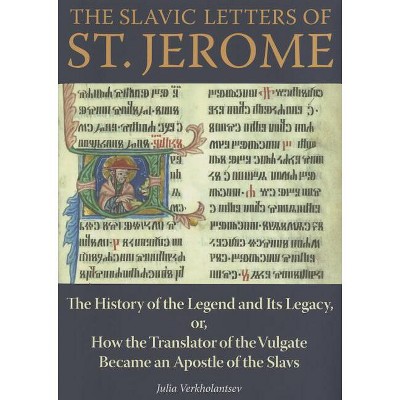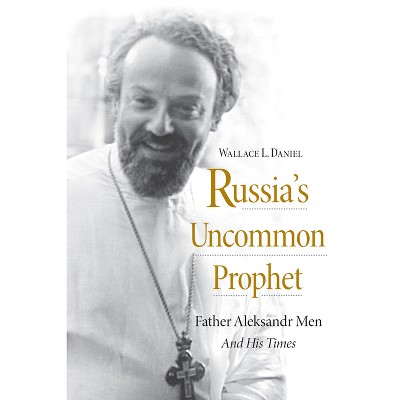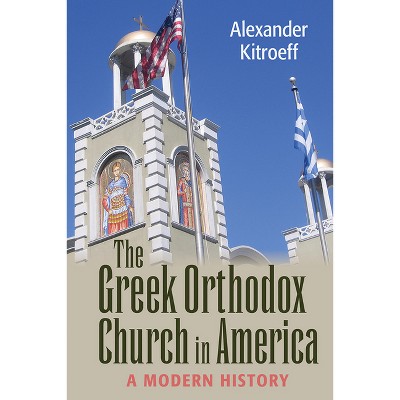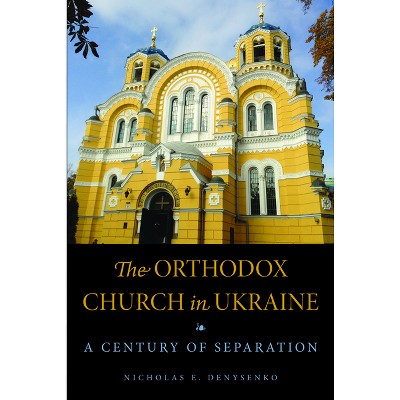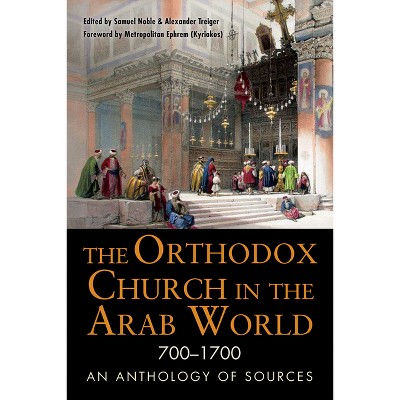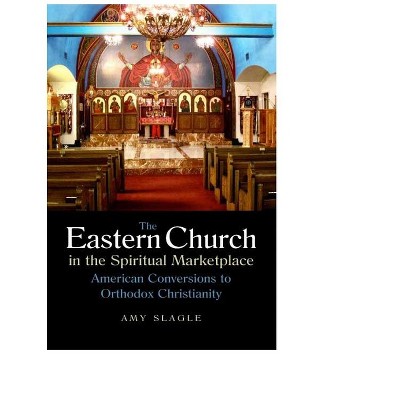Saint Sergius of Radonezh, His Trinity Monastery, and the Formation of the Russian Identity - (Niu Orthodox Christian Studies) by David B Miller

About this item
Highlights
- When Sergius of Radonezh founded a monastery near Moscow, his example spawned a movement of monastic foundations throughout Russia.
- About the Author: David B. Miller is Emeritus Professor of Russian History at Roosevelt University in Chicago.
- 374 Pages
- Biography + Autobiography, Religious
- Series Name: Niu Orthodox Christian Studies
Description
About the Book
When Sergius of Radonezh founded a monastery near Moscow, his example spawned a movement of monastic foundations throughout Russia. Within three decades of his death in 1392, Sergius was recognized as a saint, and by 1450 many considered him the intercessor for the Russian land who freed its people from Mongol rule. Over the next century and a half, thousands sought St. Sergius's intercession with gifts to the monastery. Moscow's rulers made Sergius patron saint of their dynasty and of the Russian tsardom. By 1605, the Trinity-Sergius monastery was the biggest house in Russia.
Miller presents Trinity's dramatic history from the 14th century to the beginning of the Time of Troubles. Using extensive archival materials, he traces the evolution of Trinity's relationship to Sergius's venerators and its traditions, governance, social composition, and the lifestyle of its members. In lucid prose, Miller argues that St. Sergius's cult and monastery became integrating forces on a national scale and vital elements in the forging of a Russian identity, economy, and cohesive society. The power of religion to shape national identity is a lively topic today, and Miller's study will interest both medievalists and modern historians, as well as readers of Orthodox Church history.Book Synopsis
When Sergius of Radonezh founded a monastery near Moscow, his example spawned a movement of monastic foundations throughout Russia. Within three decades of his death in 1392, Sergius was recognized as a saint, and by 1450 many considered him the intercessor for the Russian land who freed its people from Mongol rule. Over the next century and a half, thousands sought St. Sergius' intercession with gifts to the monastery. Moscow's rulers made Sergius patron saint of their dynasty and of the Russian tsardom. By 1605, the Trinity-Sergius monastery was the biggest house in Russia. Miller presents Trinity's dramatic history from the fourteenth century to the beginning of the Time of Troubles. Using extensive archival materials, he traces the evolution of Trinity's relationship to Sergius' venerators and its traditions, governance, social composition, and the lifestyle of its members. In lucid prose, Miller argues that St. Sergius' cult and monastery became integrating forces on a national scale and vital elements in the forging of a Russian identity, economy, and cohesive society. The power of religion to shape national identity is a lively topic today, and Miller's study will interest both medievalists and modern historians, as well as readers of Orthodox Church history.
Review Quotes
"A comprehensive survey of the subject. It conjures a clear picture of a major Russian saint and a major institution in the Russian religious, economic and social life of the late Middle Ages."--Pierre Gonneau, University of Paris-Sorbonne
"An extraordinarily multi-faceted portrait of the transformation of a small religious community established by a simple monk in the fourteenth century into a national spiritual center built around the burgeoning reputation of its founder as a miracle-working saint empowered by the special assistance of the protection of the Mother of God."--Ann Kleimola, University of Nebraska-Lincoln
"The most impressive monograph in a Western language to date about a pre-modern Russian saint and his foundation ... Sergius was arguably the single most important, native, seminal figure in the flourishing of Russian rural and urban monasticism over most of these years."--David Goldfrank, Georgetown University
About the Author
David B. Miller is Emeritus Professor of Russian History at Roosevelt University in Chicago. He wrote the chapter "The Orthodox Church" in The Cambridge History of Russia, vol. 1.






